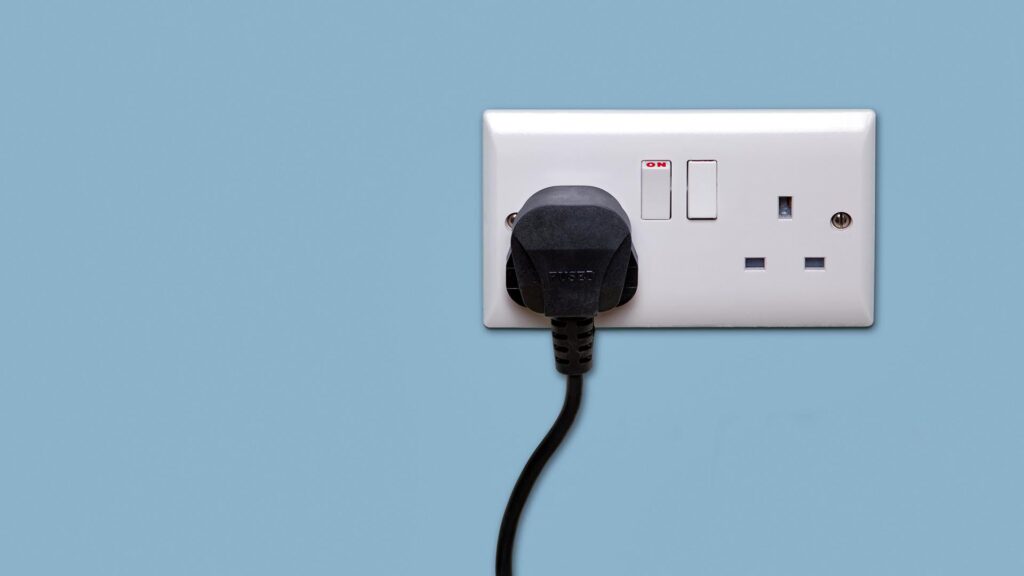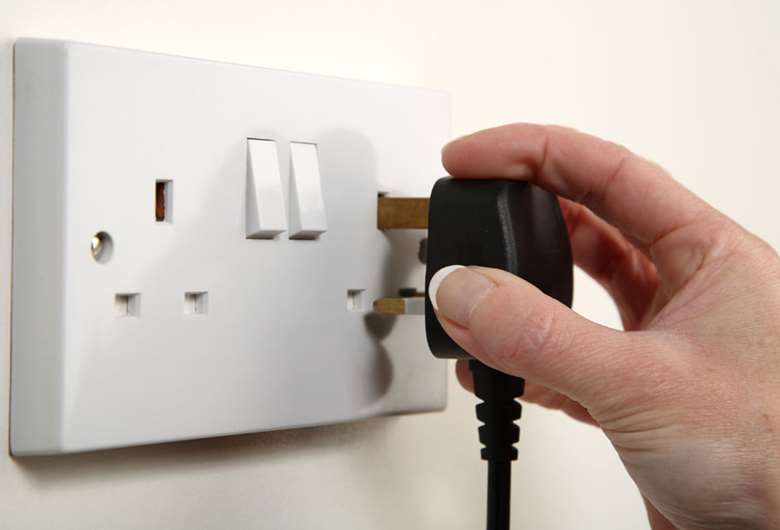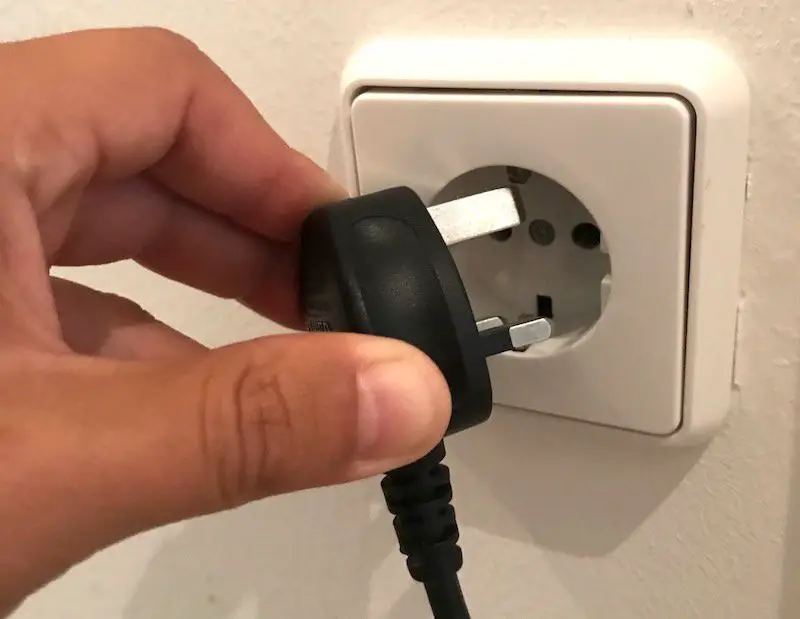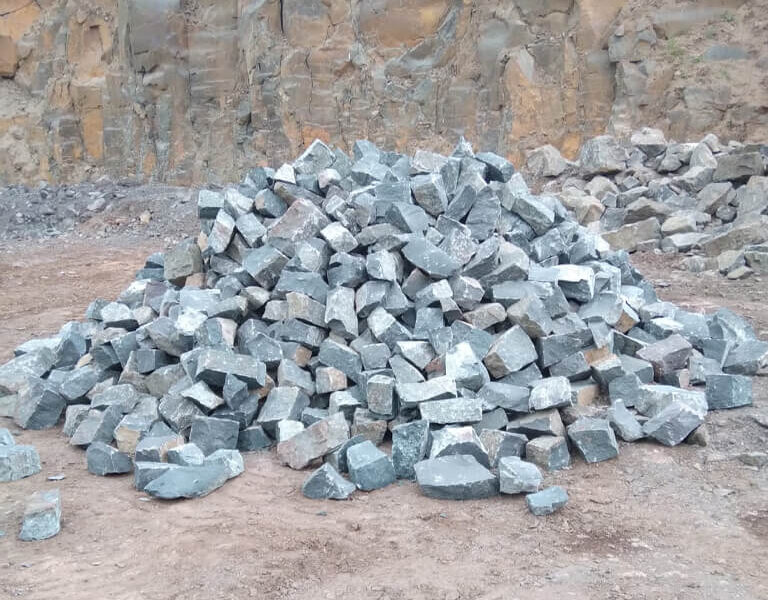A 3-pin plug is a common electrical device used to connect appliances and devices to a power source. While it may seem like a simple piece of equipment, it can sometimes become hot during use, which raises concerns about safety and efficiency.
Understanding why a 3-pin plug gets hot is crucial for ensuring the proper functioning of electrical systems and preventing potential hazards
However, Electrical resistance causes a 3-pin plug to heat up. The plug heats up as a result of resistance that is encountered when power passes through the metal components inside the plug and wires. It can get more hotter if there are too many gadgets connected, there are loose connections, or there are voltage variations. The socket may heat up for a variety of reasons, including poor wiring, broken materials, and warm surroundings.
Here, you may better understand the significance of fixing this issue to maintain the safety and dependability of our electrical connections by exploring the underlying mechanics.
Understanding Electrical Current Flow in Circuits

Electricity flows through wires in a circuit because of something called electrical current. It is like the flow of tiny particles called electrons through a pathway, or conductor. These conductors are usually made of materials like copper or aluminum that allow electrons to flow easily.
Within this flow of electrons, there are elements called resistors. Resistors are like obstacles that slow down the flow of electrons. They’re often found in things like light bulbs or heaters, where we want electrical energy to turn into something else, like light or heat.
Moreover, to make all this happen, you need a source of electrical energy, like a battery or a power supply. This source provides the push, or voltage, that makes electrons move from places with lots of electrical potential to places with less.
So, flow involves a combination of conductors, resistors, and voltage sources. It’s what allows your 3-pin plug to connect your appliances to electricity and make them work safely.
Factors Contributing to Heat in a 3-Pin Plug
- Electrical Resistance: A fundamental factor causing heat in a plug is electrical resistance. As electricity flows through the metal conductors inside the plug and its connected wires (typically made of copper or aluminum), resistance generates heat according to Joule’s law (I²R), where I represents current, and R represents resistance. Even a small amount of resistance can lead to noticeable heat production.
- Overloaded Circuit: Overloading a circuit by connecting too many high-wattage devices to a single outlet or circuit can result in excessive current flow. This excess current not only overheats it but also the wiring and circuit components.
- Poor Contact: Loose or corroded connections between the plug’s prongs and the electrical outlet can cause resistance and, consequently, heat. In addition to generating heat, poor contact can lead to arcing, a phenomenon that produces even more heat and poses a fire hazard.
- Voltage Fluctuations: Voltage fluctuations or surges in the electrical supply can stress the components. Utilizing surge protectors and voltage stabilizers can help mitigate this issue.
- Low-Quality Materials: Plugs made from low-quality or substandard materials may not be capable of efficiently handling heat. In some cases, these inferior materials can themselves generate excessive heat, increasing the risk of overheating and fires.
- Wiring Issues: Problems with the building’s wiring, such as damaged or frayed wires, can increase resistance in the circuit and it become hot. Promptly addressing damaged wiring is crucial for safety and should be handled by a qualified electrician.
- High Ambient Temperature: it situated in hot environments may naturally become warmer due to the surrounding temperature. While some heat is expected, excessive heat in such conditions can still pose a concern. Proper ventilation, cooling, and electrical component selection should be considered to mitigate heat-related issues.
- Loose Plug Fuse Clips: In scenarios where appliances draw a relatively high current, such as hot tubs, garden heaters, and electric vehicles, the clips holding the fuse inside the plug can become loose. This loose connection generates heat, further increasing resistance, and leading to even more heat generation. Eventually, this can result in the plug melting or sustaining damage.
- Corroded Pins: It’s important to keep the plug’s pins looking tidy and bright. Heat is produced as a result of the increased contact resistance caused by dull or corroded pins. This problem can be fixed by polishing the pins with wire wool or fine emery paper. Additionally, the socket where the pins are inserted may be harmed by corrosion.
- Loose Connection within the Socket: Over time, the metal contacts within the electrical socket that make contact with the plug pins can become slightly loose. This loose connection generates heat and increases resistance.
Eventually, the contacts may no longer effectively grip the plug pins. Unlike the brown marks caused by a loose plug fuse, the brown marks or cracks on the socket caused by loose socket connections will not mirror the position of the fuse. Instead, they will typically be around the areas where the pins enter the socket, potentially affecting one or both of the live and neutral contacts.
Risks and Consequences
Risks:
- The risk of electrical shock when touching the plug or the attached device can occasionally be increased by extreme heat causing the insulation around the wires to degrade or melt.
- The conductors and insulation inside the plug can be damaged by heat, making the plug potentially dangerous or unusable.
- When several high-power gadgets are plugged into a single outlet or circuit, overloading can result, in overheating the plug and outlet.
Consequences:
- The most severe consequence of 3-pin plug heat is the risk of electrical fires. These fires can result in property damage, injuries, and even loss of life. Quick action, such as unplugging the affected device and using a fire extinguisher, may be necessary to prevent the fire from spreading.
- Heat-damaged plugs and wiring can expose conductive materials, increasing the risk of electrical shock when touching the plug or cord. Electrical shocks can cause injuries ranging from mild to severe, depending on the voltage involved.
- Excessive heat can also damage the connected electrical devices, leading to malfunctions or rendering them inoperable. Repair or replacement may be necessary, incurring additional costs.
- Overheating plugs or outlets may lead to power outages, disrupting daily activities and potentially causing inconvenience in homes or businesses.
Prevention and Maintenance

Prevention:
- Conduct routine inspections of electrical systems, plugs, and circuits to identify any signs of wear, damage, or loose connections. Address issues promptly.
- Ensure that electrical systems, including plugs and circuits, are installed correctly by qualified professionals who adhere to safety standards and local building codes.
- Avoid overloading circuits and outlets by distributing the electrical load evenly. Use power strips and surge protectors as needed to accommodate multiple devices safely.
- Invest in high-quality plugs, outlets, and wiring materials. Quality components are less likely to overheat or fail prematurely.
- Install Ground Fault Circuit Interrupter (GFCI) outlets in areas with water, like kitchens and bathrooms, to prevent electric shock in case of a short circuit.
- Use outlet covers or tamper-resistant outlets to prevent children from inserting objects into sockets.
- Unplug devices and appliances when they are not in use to reduce the risk of electrical fires or standby power consumption.
- Avoid pinching or damaging cords, and do not run them under rugs or furniture. Use extension cords only as a temporary solution.
Maintenance:
- Keep plugs and outlets clean and free from dust and debris. Dust can accumulate and lead to overheating.
- Periodically check and tighten any loose connections, including plugs and outlets. Loose connections can generate heat and pose a fire risk.
- If you notice frayed or damaged cords on devices or appliances, replace them immediately to prevent electrical hazards.
- Consider scheduling professional electrical inspections periodically, especially for older homes or commercial properties. Professionals can identify and address potential issues.
- As technology advances and electrical demands increase, consider upgrading your electrical system to handle modern requirements. This may involve installing additional circuits or outlets.
- For outdoor electrical systems, regularly trim trees and vegetation to prevent contact with power lines, which can cause electrical outages and safety hazards.
- Ensure that smoke alarms and carbon monoxide detectors are in working order, as they are critical for fire safety.
- Prepare an emergency kit with essential items, including flashlights, batteries, and a first-aid kit, in case of power outages or electrical emergencies.
FAQs
1. Why do plug pins get hot?
Plug pins can get hot due to electrical resistance when electricity flows through them. This resistance generates heat.
2. Which is hot on a 3-pin plug?
The metal pins that go into the electrical socket can become hot due to electrical resistance.
3. Why would a plug melt?
A plug can melt if it overheats due to excessive electrical current, loose connections, or poor-quality materials.
4. How do you stop a plug from overheating?
To prevent plug overheating, avoid overloading sockets, ensure secure connections, use high-quality plugs, and perform regular inspections.
5. Why are my plugs burning?
Plugs can burn due to loose or corroded connections, overloading, or faulty wiring. These issues generate heat, potentially leading to burning.
6. How do I know if my plug is hot?
You can feel if a plug is hot by touching it carefully. However, exercise caution, as a very hot plug can cause burns.
7. What happens if you touch a hot plug?
Touching a hot plug can result in burns or electric shocks. It’s essential to avoid contact with hot plugs and address the underlying issue causing the heat.
Final Words
A 3-pin plug can become hot due to several factors, with electrical resistance being the primary cause. When electricity flows through the plug and its connected wires, resistance generates heat, following Joule’s law. Overloading the plug with multiple devices, loose connections, voltage fluctuations, subpar materials, damaged wiring, and high ambient temperatures can exacerbate this heat buildup.
Further, It’s crucial to use plugs appropriately, carry out routine checks, and take care of any problems right away in order to ensure safety and avoid overheating. Putting electrical safety first is essential for avoiding risks and preserving the electrical systems’ dependability.



